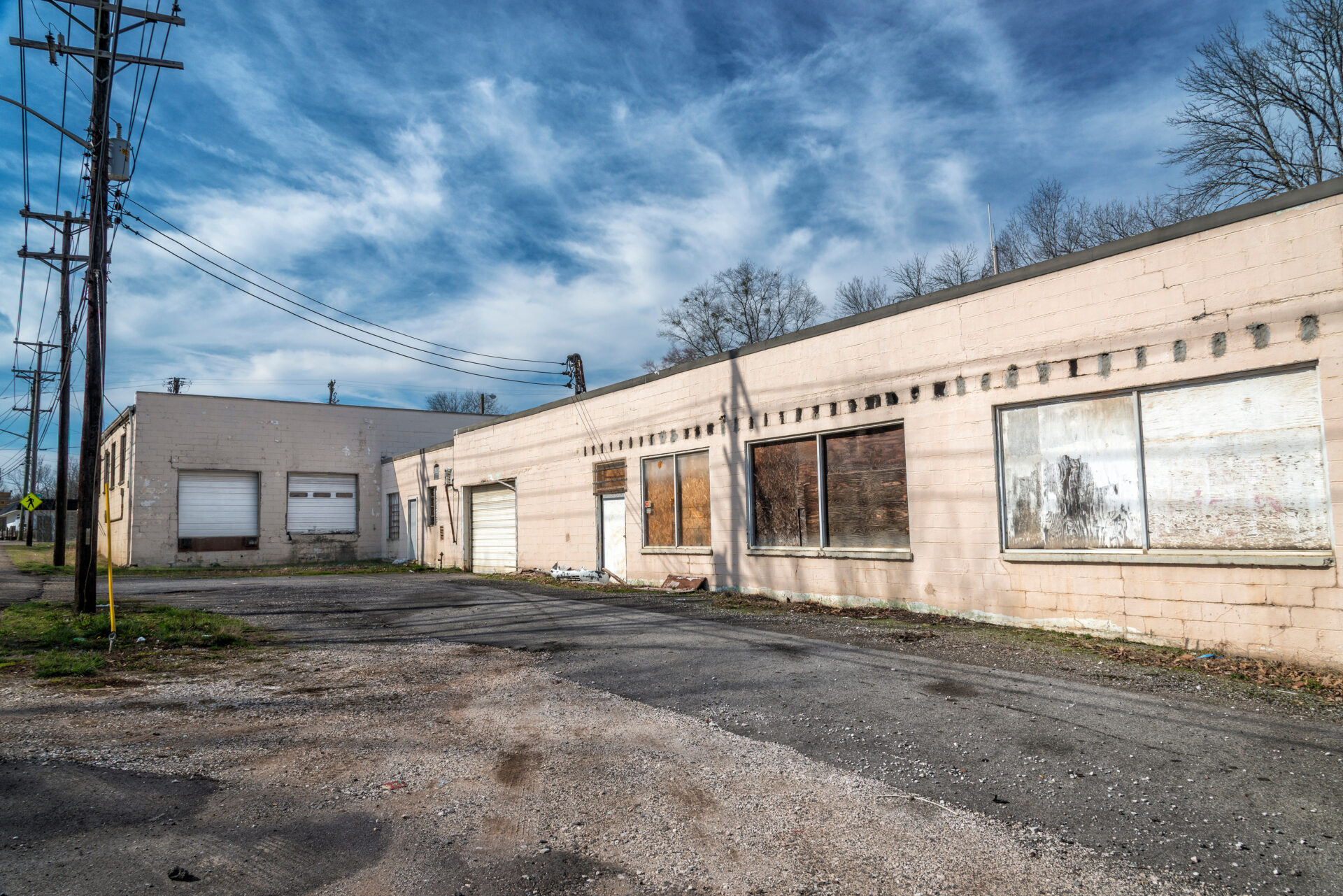
Navigating the Practice of Receivership with ‘Respect, Transparency and Diligence’
Insights on the delicate practice of Receivership within our communities and how to do it right
By Kevin Randolph
In recent weeks, there has been an ongoing conversation around the concept of receivership as a result of negative reports, particularly in the Los Angeles community and the Skid Row Housing Trust. After reading about said unfortunate reports, one might be tempted to throw the whole concept of receivership out because some projects fail to produce positive outcomes. That would be a mistake.
Receivership is a fraught, difficult enterprise; it is also a vital tool for cities and counties. It allows local governments to protect and improve the wellbeing of the entire community. The ability to place a property under receivership is rooted in our health and safety codes. What many individuals on the opposing side don’t see are the incredibly detrimental effects that distressed properties have on communities.
Imagine you are a homeowner, and your next-door neighbor has allowed their property to fall into such disrepair that it’s no longer fit for human habitation. The door is ajar, and windows are broken; you are powerless to change it. How would you feel? Would you voluntarily move into a neighborhood with that house on the block?
Or think of the startup business owner trying to make a go of it in this economy and the property down the block is a haven for drug use and criminal activity. You see your customers come once but not return. All of the effort and investment you put into your business is wasted because of the property down the block. You would demand action from your elected officials to remedy the situation, wouldn’t you?
I have worked in this field for 15 years and have undertaken more than 250 projects. Every single one was a struggle to balance the rights and wants of the property owners with the obligations due to the neighboring residents, businesses, and the neighborhood as a whole.
Housing, its availability, quality and affordability, is a key driver of quality of life. Local governments like cities and counties are charged with improving that quality of life on behalf of their constituents.
Effective utilization of receiverships can and must be part of our approach to addressing our housing needs and breaking the cycle of homelessness. Allowing the unsheltered to congregate in dilapidated properties denies them the dignity of home that everyone deserves. Rather than accepting the status quo of homelessness, we should be taking action to create better housing conditions through every avenue possible and assisting the unsheltered with services and permanent supportive housing.
Based on my experience, effectively rehabilitating a property in receivership is a complicated, expensive endeavor that is challenging for every party. Success requires three key elements from a receiver: respect, transparency, and diligence.
First, and most importantly, the team overseeing a receivership has to operate with the utmost respect for the gravity of the situation, for the homeowner and for the community at large. Much like Child Protective Services removing a child, the receivership process is understandably traumatic. It should be done as a last resort, handled with compassion and respect.
Transparency is also key to successfully rehabilitating these troubled properties. Costs, both the remediation costs and the fees for overseeing these complex projects, should be clear and fair. Receivers should not act like hedge fund managers looking to squeeze every penny of profit they can. They are acting on behalf of the court and the community, not their own interest.
At the same time, property owners and the community must understand that these are financially risky endeavors for receivers to undertake. If we accept that there is a strong community interest in revitalizing blighted locations, there has to be appropriate compensation for doing this difficult work and performing at a high level.
Finally, a receiver owes their full, diligent effort to resolve the receivership in a timely manner. Receivers should abide by the words of UCLA’s famous coach, John Wooden: “Be quick but don’t hurry.” Completing these projects expeditiously, while ensuring quality work, builds trust in the receivership process as a whole.
The judges appointing receivers should hold their agents to these standards to ensure that the rights of the property owners are respected and the greater good of the community is served. Fidelity to these principles is how everyone involved in these complicated but beneficial projects should recognize the stakes and act accordingly; they also need to be held accountable when they fall short. At the same time, the public should understand that receiverships are a vital part of our legal system for maintaining our communities.
Get MORE. Insights
Stay ahead in the legal world - subscribe now to receive the latest insights and news from Fennemore Law Directly in your inbox!

